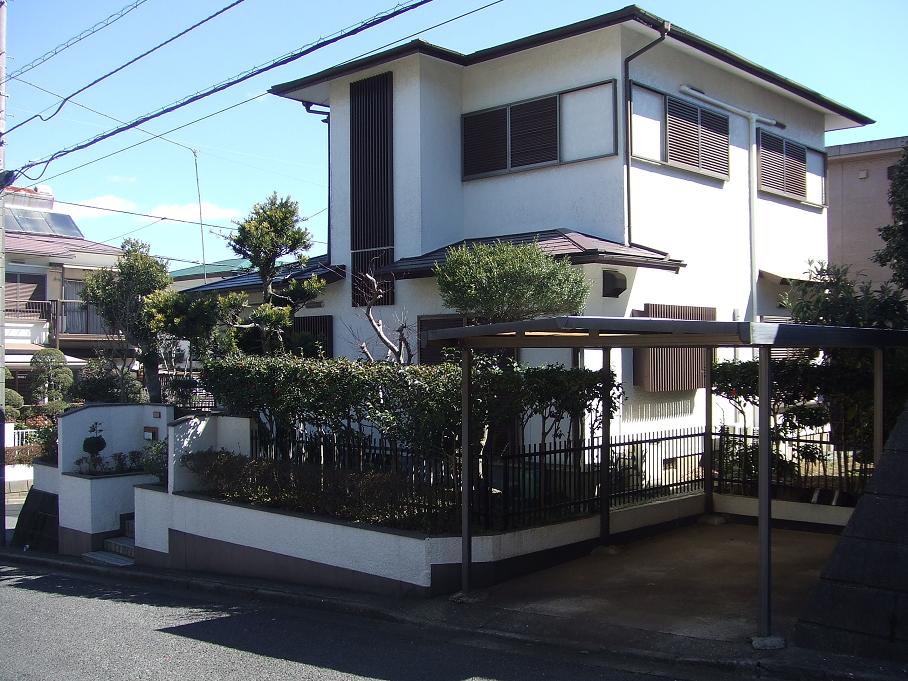Seller beware
 Everyone knows that it’s cheaper to buy a property directly from the owner than it is to buy one through a realtor. In Japan, the buyer usually pays a 3 percent commission to the realtor (plus consumption tax plus a ¥60,000 “handling fee” whose purpose has never been sufficiently explained to us), who also gets 3 percent from the seller. Many potential homeowners resent the commission, and for good reason. Often the realtor does nothing for the buyer and everything for the seller. If the price of the property is really low to begin with, it may seem as if the realtor is wasting his time by even showing it to a customer. We don’t know how many times we’ve gotten an agent to come a very long distance to show us a house that we probably knew we weren’t going to buy in the first place, but in any case even if we did buy it his commission would hardly mean much to him. But the main sticking point with regard to the realtor’s actual role in the deal is that, in Japan at least, he doesn’t do much in the way of negotiation.
Everyone knows that it’s cheaper to buy a property directly from the owner than it is to buy one through a realtor. In Japan, the buyer usually pays a 3 percent commission to the realtor (plus consumption tax plus a ¥60,000 “handling fee” whose purpose has never been sufficiently explained to us), who also gets 3 percent from the seller. Many potential homeowners resent the commission, and for good reason. Often the realtor does nothing for the buyer and everything for the seller. If the price of the property is really low to begin with, it may seem as if the realtor is wasting his time by even showing it to a customer. We don’t know how many times we’ve gotten an agent to come a very long distance to show us a house that we probably knew we weren’t going to buy in the first place, but in any case even if we did buy it his commission would hardly mean much to him. But the main sticking point with regard to the realtor’s actual role in the deal is that, in Japan at least, he doesn’t do much in the way of negotiation.
We’ve heard of cases of real estate companies actually refusing to list a property by someone who wants to sell, for the simple reason that the realtor believes the property is unsellable; or if it is sellable, it would be at a price so low it’s not worth the realtor’s time and effort. But when they do list a property sometimes they will advise the seller of an appropriate price and even suggest remodeling work to make it more presentable. As the market has become glutted over the years such tactics become subject to scrutiny. How much improvement is enough? If the property is so difficult to unload that even extensive remodeling isn’t going to make it any more sellable, is it even worth it? These are considerations the realtor should help the seller understand, but occasionally we’ve met realtors who would just as soon stay out of it. Read More

